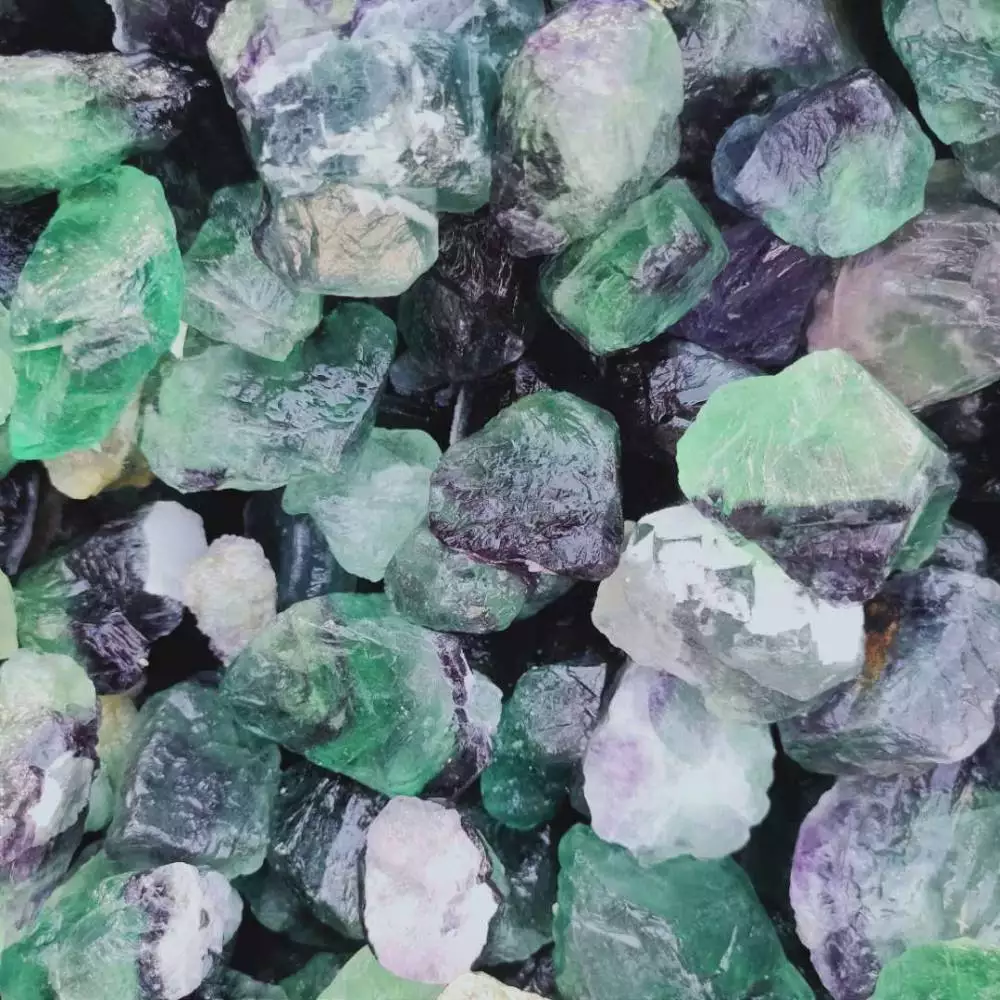
Comparing Custom Perlite and Vermiculite Manufacturing Processes in Various Factories for Optimal Results
Custom Perlite vs. Vermiculite Understanding the Differences and Applications
In the world of horticulture, gardening, and construction, materials like perlite and vermiculite are widely utilized for various purposes. While they may appear similar at first glance, they possess distinct properties, making them suitable for different applications. This article aims to explore the differences between custom perlite and vermiculite, their individual characteristics, and the specific scenarios in which one may be preferred over the other.
What are Perlite and Vermiculite?
Perlite is a naturally occurring volcanic glass that has been heated and expanded to create a lightweight, porous material. It is characterized by its white, shiny granules that are lightweight and sterile, making it an excellent addition to soil mixtures and potting media. Perlite enhances aeration and drainage, creating an ideal environment for root development in plants.
Vermiculite, on the other hand, is a mineral that undergoes a heating process to expand its size significantly—up to fifteen times—resulting in small, accordion-like flakes. It is typically a brownish-gold color and is known for its excellent water retention capabilities. Vermiculite maintains moisture and nutrients, making it particularly beneficial in seed starting and for plants that require consistent moisture levels.
Key Differences
1. Water Retention vs. Aeration One of the primary differences between perlite and vermiculite is their ability to retain water. Vermiculite holds water very well and is ideal for scenarios where moisture retention is crucial. Conversely, perlite improves aeration and drainage in soil mixes, helping to prevent issues such as overwatering and root rot.
2. pH Level Perlite is neutral, typically around pH 7, which means it doesn’t alter the acidity or alkalinity of the soil. Vermiculite, while also relatively neutral, can have a slight alkaline effect on the soil depending on its source. This difference can be significant for plants with specific pH requirements.
custom perlite v vermiculite factories

3. Nutrient Retention Vermiculite has a larger cation-exchange capacity, which means it can hold onto essential nutrients better than perlite. This characteristic makes vermiculite particularly useful in potting mixes and for young plants that need a stable nutrient supply as they establish.
Applications in Custom Manufacturing
Custom perlite and vermiculite factories play a vital role in the horticulture and construction industries by tailoring their products to specific needs and applications. Manufacturers can grade, mix, and package these materials according to market demands, ensuring consistent quality and performance.
In horticulture, for instance, custom blends might combine perlite and vermiculite to harness the strengths of both materials. A mix could be formulated to achieve the right balance of aeration and moisture retention for certain plant species, optimizing growth conditions.
In construction, expanded perlite is often utilized as lightweight aggregate and insulating material in various applications, from roofing to fireproofing. Custom manufacturing can ensure that the perlite meets specific thermal and acoustic properties required for different projects.
Conclusion
When deciding between custom perlite and vermiculite, understanding their unique properties and applications is essential. Perlite is the go-to choice for improving drainage and aeration in soil mixes, while vermiculite excels in moisture retention and nutrient holding. By considering these factors, growers and builders alike can make informed decisions to achieve the best results for their specific needs. With the aid of custom manufacturing, both materials can be tailored to meet varying requirements, ultimately contributing to successful horticultural and construction outcomes.
Share
-
Fly Ash Solutions Enhanced by GPT-4 Turbo | Sustainable InnovationNewsAug.01,2025
-
Natural Premium Bentonite Cat Litter - Superior ClumpingNewsJul.31,2025
-
Premium Resin Coated Sand - High Heat Resistance CastingNewsJul.31,2025
-
High Quality Silicon Carbide Grit for Abrasive ApplicationsNewsJul.30,2025
-
High-Quality Ceramsite for Plants & Gardening | Lightweight PebblesNewsJul.29,2025
-
Premium Burgundy Glass Marbles for Vases & Shooter GamesNewsJul.29,2025






